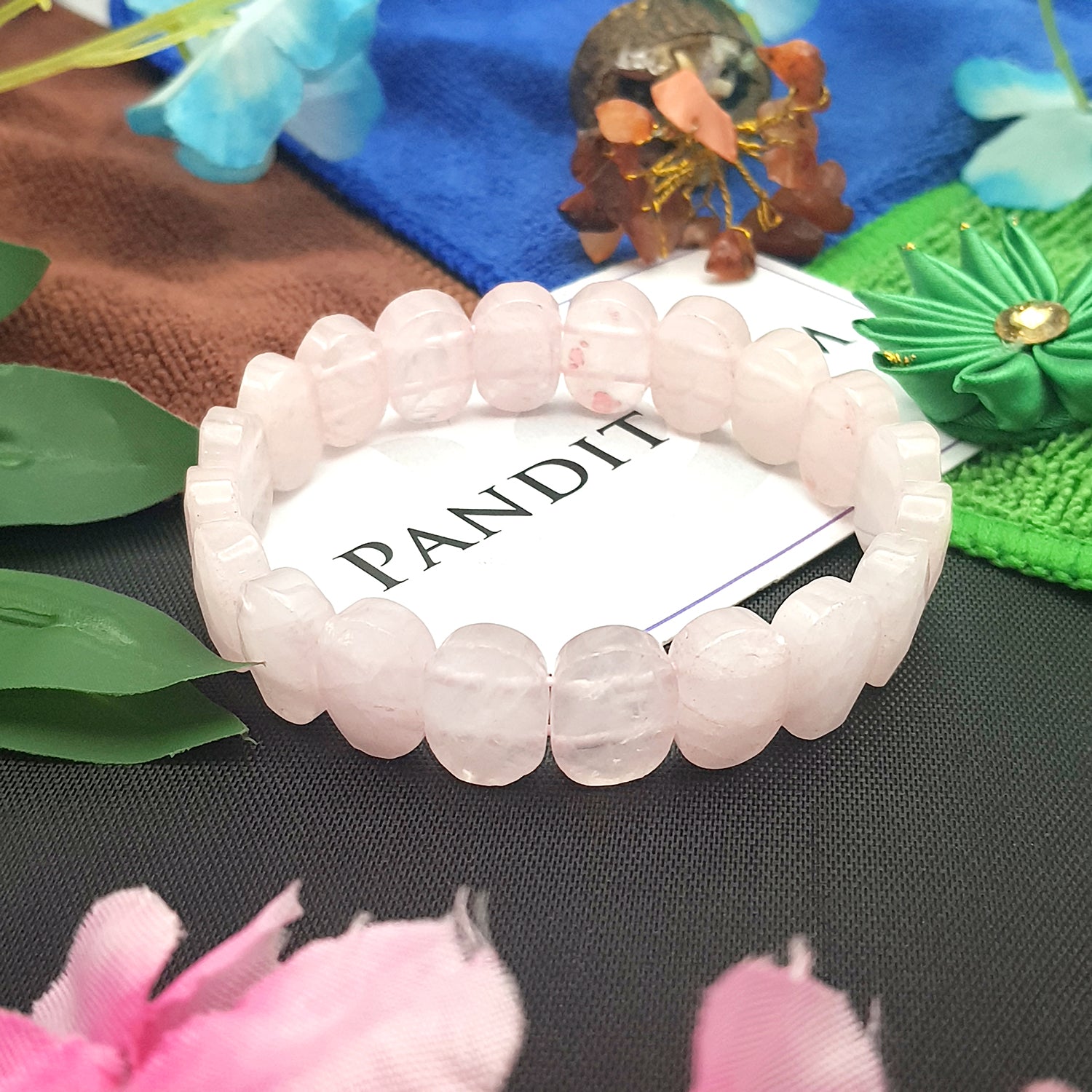This month we celebrate the auspicious period of Sawan, a time rooted deep in Hindu mythology and huge cultural significance. According to the tradition, Sawan or Shravana is the fifth month of the Hindu calendar, dedicated to Lord Shiva. Thousands of followers visit the mandirs to offer prayers, keep fasts and perform rituals. The monsoon rains during this month are seen as a divine blessing, signifying the cleansing of the earth and the soul. This month is also marked by various festivals such as Nag Panchami, Shravan Putrada Ekadashi, Hariyali Teej, Krishna Janmashtami and Raksha Bandhan. As we dig deeper into the myths, legends and customs surrounding Sawan, join us in exploring the rich stories and practices that make this time so special.
The ancient Hindu vedas and puranas state that during the Sawan period, Lord Vishnu enters Yoga Nidra (a state of deep meditation) on Adishesha under the cosmic ocean (Kshirasagara), while the divine Shiva looks after the entire universe. This is understood as the preservation and nurturing aspect of life (ruled by Lord Vishnu), making way for destruction (विनाश) by Shiva. Ultimately, the old must give birth to the new, therefore all the three factors- creation, nurturing and destruction remain an endless cycle.
Other side of the legend states that Maa Parvati wanted to get married to Lord Shiva. Due to this particular reason, she performed penance (तपस्या) during the month of Sawan. Seeing the true devotion of Parvati, Lord Shiva fulfilled her wish. This period thus marks the reunion of the powerful Lord Shiva and Goddess Parvati. Many Women observe Shravan Somvar Vrat (Monday Fast) or Solah Somvar Vrat to find husbands like Lord Shiva for marriage.
Gods to Worship During the Month of Shravana

Each day of the week during the Shravan Maas signifies a particular deity to be worshipped by the devotees. Monday, also known as Shravan Somvar, is the day to worship Lord Shiva. On Tuesday’s women worship Goddess Gauri for the better health of their families. Wednesday is a day dedicated to Vithala, an embodiment of Lord Vishnu or Krishna. Devotees generally worship Mercury (बुध) and Jupiter (बृहस्पति) on Thursday’s. Hindu worshippers praise Lakshmi and Tulsi on Friday’s for good fortune and personal success. Saturday’s, during the Month of Sawan, are dedicated to Saturn (शनि ग्रह) and are known as Sampat Sanivara, as one can pray to obtain wealth. However, Sundays are to pay respect to the Sun (सूर्य), which is a common practice since the Vedic period and is followed even now.
Puja Vidhi During the Shravan Maas

Although the main highlight of the Shravan Maas is to worship Lord Shiva and seek his blessings, people often keep fasts on every Monday. According to Drik Panchang, all Monday’s or Somwar’s are considered beneficial for self discipline and bodily benefits such as detox, better digestion, weight control and a boosted body mechanism. However, to pay proper respect to the Gods during this sacred time here is a specific puja vidhi one must follow.
Devotees should get up early in the morning at ब्रह्म मुहूर्त and take a bath (स्नान). Wear clean clothes and take Gangajal to sprinkle all over the house. Visit the Shiva Bhagwaan’s mandir and perform Jalabhishek (जलाभिषेक) to the shivling. Later at your home in the altar, place fresh flowers in front of the Shiva murti. Worship Bholenath with your eyes closed and a clear mind and chant the mantras “ॐ नमः शिवाय” and “महामृत्युंजय मंत्र” 108 times. As a final step, perform Rudra Abhishek of Lord Shiva by mixing milk, curd, ghee, honey and Gangajal along with reciting Shiv Chalisa and Shiv aarti to seek the blessings of the great almighty.





















